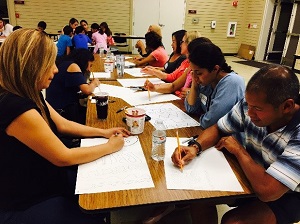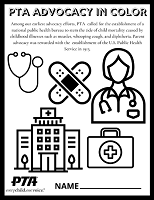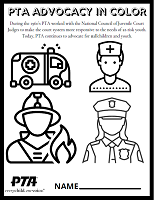By Vinita Verma, California State PTA Community Concerns Legislative Advocate
California State PTA supported Assembly Bill (AB) 856 (Maienschein) which was signed by Governor Gavin Newsom in July. The bill addressed the much-needed COVID era protocols for the safe return of students to exercise and physical activity after testing positive for or experiencing symptoms of, COVID-19. Validating the public’s right to information, the bill requires the California Department of Education (CDE) to post information on its website about the protocols for the safe return to school after a student contracts Covid. In addition, school districts will be encouraged to distribute this information. This law went into immediate effect for the health and safety of the public.
California State PTA supports legislation that prevents, controls, or eliminates hazards to the health, safety, and well-being of all children and youth. This bill provides important information for families and students. It safeguards the health of students who contracted or experienced symptoms of COVID-19. California State PTA acknowledges the need for science-based information and transparency to be available to all affected parties.
California State PTA relied on two legislative planks in supporting this legislation:
- Legislative Plank #8 – To protect and improve the health of all families through the prevention, treatment, and control of disease; and
- Legislative Plank #11 – To prevent, control, or eliminate hazards to the health, safety, and well-being of all children and youth.
Additional Reading and Resources:
The American Academy of Pediatrics has published guidance for students’ safe return to sports and physical activity. https://www.aap.org/en/pages/2019-novel-coronavirus-covid-19-infections/clinical-guidance/covid-19-interim-guidance-return-to-sports/
California State PTA has collected a variety of resources for parents and PTA leaders here: https://capta.org/news-publications/covid-19/

 California State PTA believes that all children deserve a quality education regardless of the community in which they live, the color of their skin, their language, their gender identity, or their immigration status.
California State PTA believes that all children deserve a quality education regardless of the community in which they live, the color of their skin, their language, their gender identity, or their immigration status. This article was written by Kathleen Fay, member of the California State PTA Legislation Team.
This article was written by Kathleen Fay, member of the California State PTA Legislation Team. This article was written by Shereen Walter, California State PTA’s Director of Legislation.
This article was written by Shereen Walter, California State PTA’s Director of Legislation.




